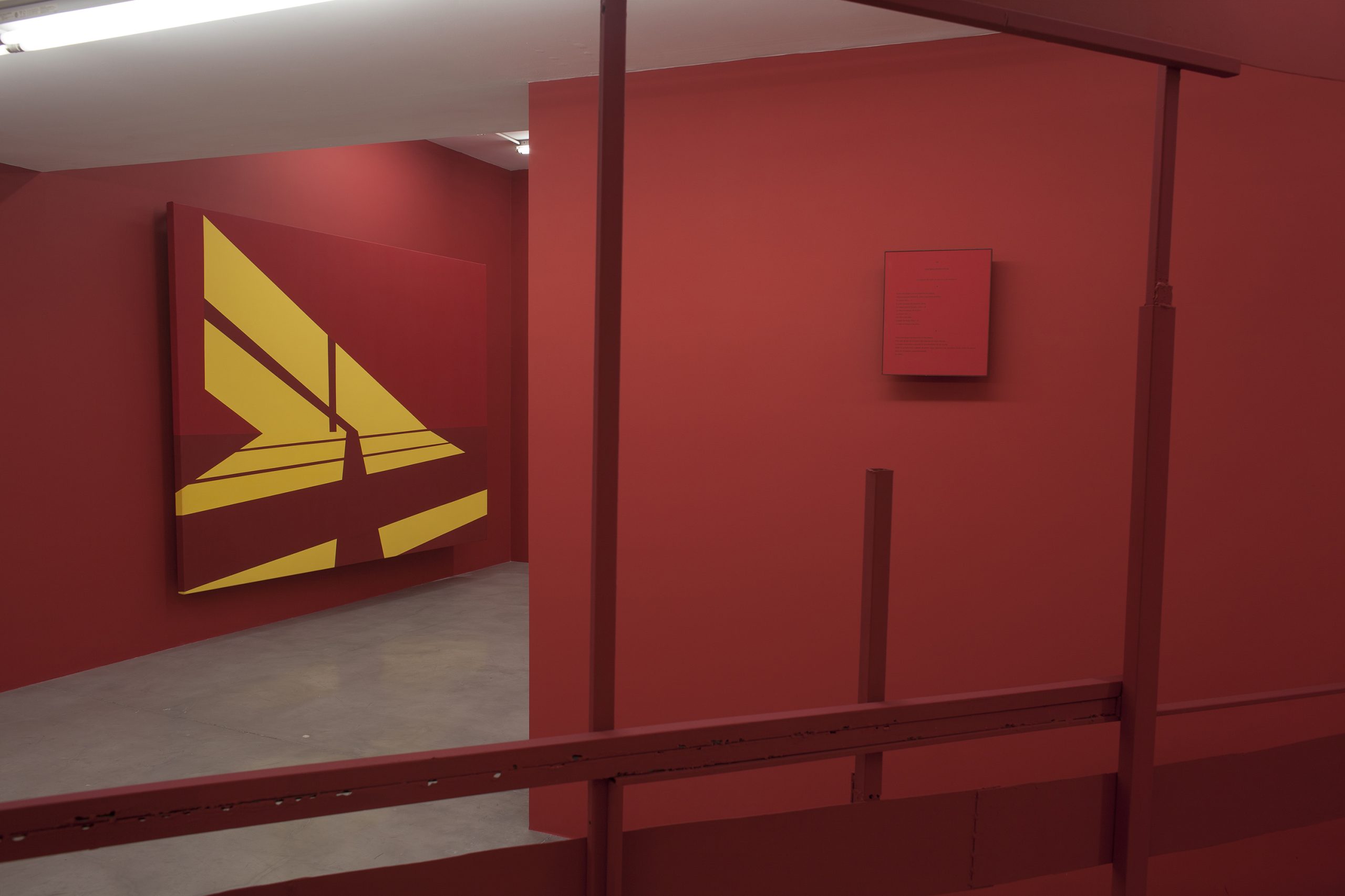Leila Tschopp’s work is a spatial, choreographic, and pictorial composition all in one. It explores the possible relationships between images, objects, and architecture at the intersection between painting and installation.
Since ́˿˿6, her work has interrogated the spatiality of painting by emphasizing the physical experience of viewers as they explore the installation or as they identify with the body of the performer. Her pictorial interventions take the shape of paintings on walls, paintings on canvas, mobile structures, and an array of objects and materials that, on occasion, entail the participation of dancers. They suggest signs of different image systems (art history, urban architecture, stage sets) to investigate each one’s spatial repercussions as well as the limits of real and represented space and the critical power part and parcel of installing images. Her recent works expand how her art is projected into the space: frst, by means of objects laid out in the space and an experience of the work tightly bound to a performatic body; second, in a formal and conceptual approach frmly rooted in the terrain of installation as genre that encompasses and supervenes painting and as place created for the intent purpose of physical occupation, that is, for a concrete presence in a place beyond reach. The paintings and objects that compose the space in her installations are precise in their ambiguity; they embody a combination of exactitude and indeterminacy. While abstract, they reference forms familiar to us (concise landscapes, the interiors of a body or a space). The objects are artifacts, tools, furniture, ceremonial items that fnd a dubious place for themselves somewhere between functionality and formalism. Forms closed and daunting in appearance that hold a mystery, a dilemma that is never fully worked out. Leila Tschopp is interested in ambiguity and vagueness as regulated and productive principle that, like silence, can be a complex mode of communication and perception, a specifc way of experiencing the relationship with space and with others. She understands fction not as a practice to tell stories but rather as a platform to read the real, to propose new coordinates of the visible and the sayable, and to alter the ways each of us can be affected by experiences.


 Tschopp Leila
Tschopp Leila